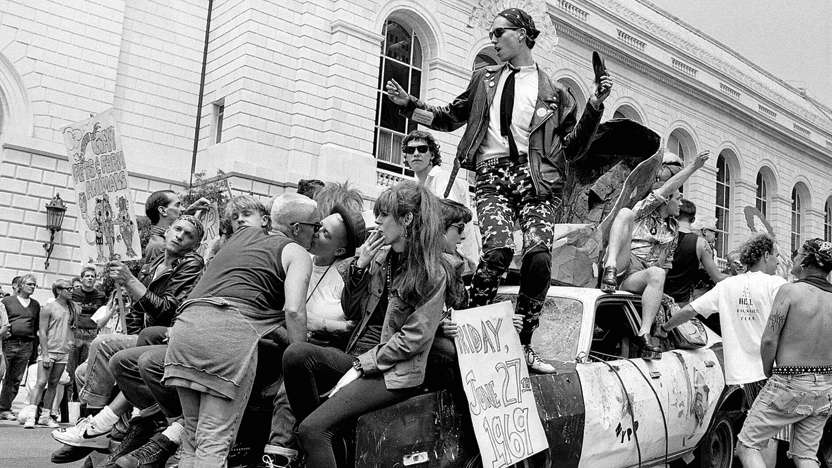
Paul was seeing that day after day, night after night, Madame Wong’s was sitting empty, and that there were tons of bands who would kill to play their tiki-themed stage. Paul Greenstein was not a punk, but was able to spot an opportunity when it was right in front of his face. But as soon as the establishment figured out what was happening, they’d pull the plug or call the cops. Some bands would book shows in abandoned synagogues, or Ukrainian cultural centers, or the performance hall of the Benevolent and Protective Order of Elks.

They’d try sliding in through the backdoor of alternative, unsuspecting venues. At the time, there was a rising musical genre just screaming for a new venue: punk.īut the issue was that almost no one - not the biggest arena or the smallest clubs - wanted to host these local bands because they had a reputation for rowdiness and destruction. An enterprising promoter, Paul wanted to turn Madame Wong’s into a new, hot music venue: a venue that he would book and promote. Madame Wong’s would be lucky to get a few dozen people in during the evenings. Like a lot of business in Chinatown, the restaurant wasn’t doing well. The sounds of party-goers were just that: sounds, recorded and replayed. Then, in 1978, the area captured the interest of Paul Greenstein, a music promoter and aspiring club owner - in particular: a restaurant named Madame Wong’s, overflowing with the sounds of music and people.

The neighborhood’s neon lights still glowed over the shops and restaurants – but there was no one there to take it all in. For decades Central Plaza was a thriving tourist area, but by the late 1970s, Chinatown had fallen on hard times. Brightly painted buildings are topped with sweeping pagoda style roofs, and then accented with fluorescent neon lacing. It’s an outdoor pedestrian mall that is almost overwhelmingly colorful. The most recognizable feature of LA’s Chinatown is its Central Plaza.


 0 kommentar(er)
0 kommentar(er)
